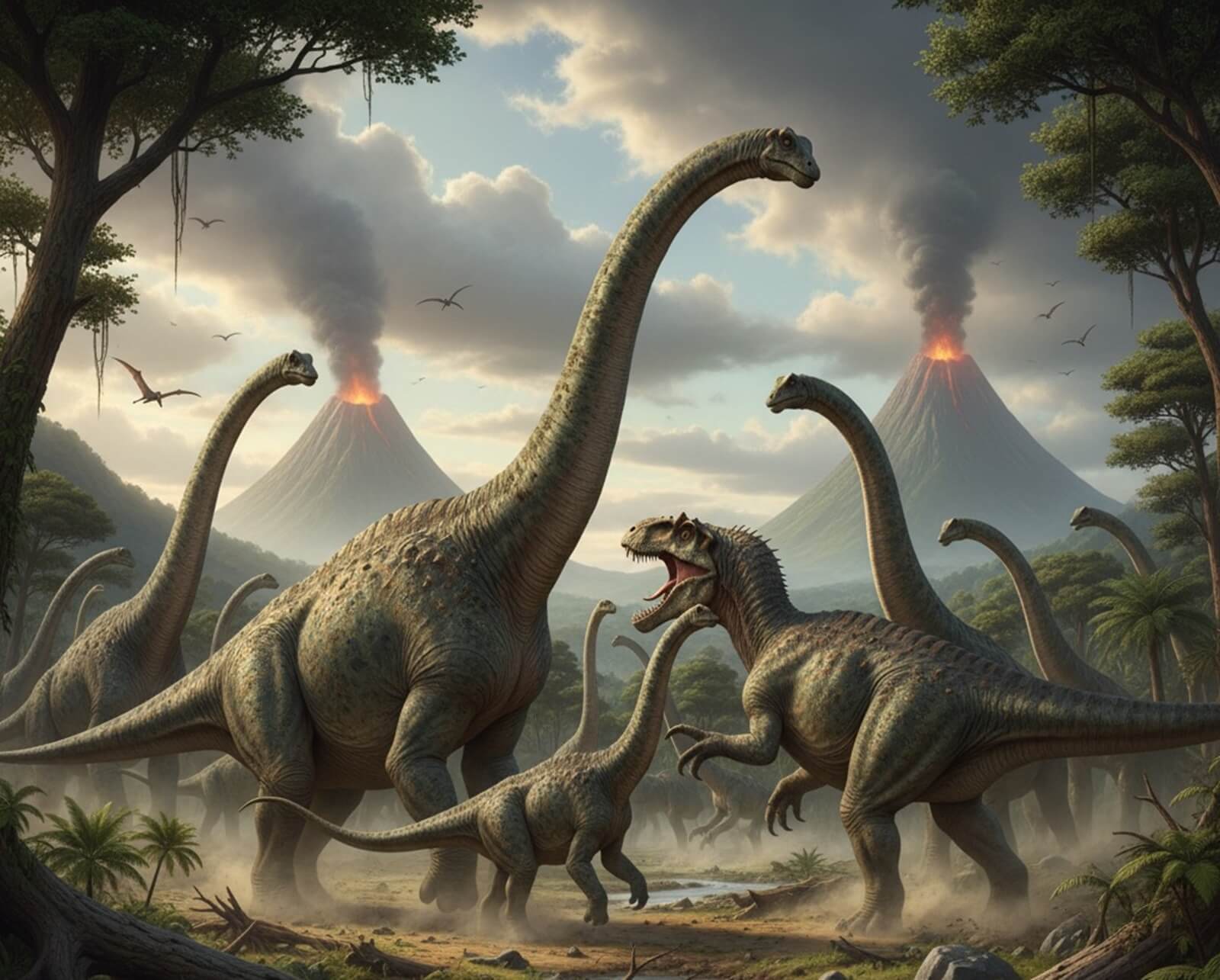Transylvania
Dinosaur 🦖
Sites 💪
Discover Romania’s Forgotten Giants: Hațeg’s Dinosaur Fossils and Unforgettable Landscapes. Hațeg, Transylvania, Romania, a region nestled in the heart of Old EUROPE, is more than just a land of medieval castles and folklore. It is also home to one of Europe’s most important paleontological sites, where groundbreaking scientific discoveries have been made about the Hațeg dinosaur fossils. These fossils, which date back to the Late Cretaceous, have provided critical insights into the evolution of some of the largest and smallest creatures ever to walk the Earth—titanosaurs.
Hațeg’s Dinosaur Fossil Discovery
The Hațeg Basin has long been recognized as a paleontological treasure trove. Recent research has revolutionized our understanding of European dinosaur species and their relationships with the wider global ecosystem. Scientists have conducted detailed studies of fossilized remains found in the Hațeg region, leading to the identification of several new species of titanosaurs, a group of massive sauropod dinosaurs.
A pivotal study by Verónica Díez Díaz, Philip D. Mannion, Zoltán Csiki-Sava, and Paul Upchurch (2025) has revised our knowledge of Magyarosaurus dacus, the historically earliest-known European titanosaur. These Hațeg dinosaur fossils were first discovered in the early 20th century, but only now has a comprehensive analysis of their anatomy, taxonomy, and evolutionary relationships been conducted. This new scientific work, based on hundreds of specimens and archival data, has clarified the fossil record and placed Magyarosaurus firmly within the Saltasauridae family—a surprising finding that links Hațeg’s dinosaurs to Gondwanan lineages.
Further research revealed that the Hațeg dinosaur fossils represent multiple species of titanosaurs, including the recently described Paludititan nalatzensis, Petrustitan hungaricus (a new genus), and Uriash kadici, which is among the largest known sauropods of the Late Cretaceous in Europe. These findings have not only expanded our understanding of dinosaur diversity in Europe but also highlighted the unique evolutionary pressures these species faced due to the isolated environment of Hațeg Island during the Cretaceous period.
The Evolution of Island Dwarfism
One of the most remarkable aspects of these discoveries is the dwarfism phenomenon observed in some of Hațeg’s titanosaurs. This evolutionary trait, likely caused by the limited resources of the island, resulted in smaller-sized dinosaurs compared to their mainland relatives. The dwarfed titanosaur species discovered in Hațeg are critical evidence of this phenomenon, with some species reaching only a fraction of the size of typical titanosaur species. This phenomenon is known as insular dwarfism, a condition where isolated populations evolve to be smaller due to limited space and food supply. The Hațeg dinosaur fossils, such as Magyarosaurus dacus, show that these species likely evolved to be much smaller than their relatives, possibly due to competition and environmental constraints. These findings offer valuable insights into how dinosaur evolution was influenced by environmental factors, and the region continues to be a hotbed for ongoing paleontological research.
Why Visit Hațeg’s Dinosaur Fossil Sites?
Paleontological Significance: Hațeg offers a rare opportunity to visit dinosaur fossil sites where key discoveries have reshaped our understanding of European dinosaurs, especially titanosaurs. Scientific Legacy: The Hațeg dinosaur fossils have influenced many key paleontological debates. Visitors can learn about the island dwarfism phenomenon and how Hațeg played a crucial role in understanding the global dinosaur fauna. Diverse Fossil Assemblages: The Hațeg Basin holds some of the best-preserved fossil assemblages in Europe, with more than 20 monospecific assemblages representing various species of titanosaurs, providing unique insights into Late Cretaceous ecosystems.
A Step Back in Time 🦖 The fossils aren’t just scientific curiosities—they’re the remnants of an ancient world. Visitors can witness firsthand how Hațeg’s isolated ecosystems shaped the lives of its ancient inhabitants, including the evolution of Giant Titanosaurs and their smaller, dwarfed relatives.
The Throne of the Ancestors 💪 Myth Meets Science. Beyond its dinosaur fossils, Hațeg is home to the Throne of the Ancestors, an ancient megalithic formation that locals believe was once the seat of giants. This stone monument, rich in legend, offers a stunning contrast to the scientifically significant dinosaur fossils scattered throughout the region. Standing amidst these ancient stones, visitors can imagine a time when both real and mythical giants once roamed the land.
Plan Your Journey to Hațeg
Ready to discover the Hațeg dinosaur fossils and dive into the prehistoric past of Romania? Hațeg offers not only paleontological sites but also an unforgettable cultural and natural experience. You can explore fossil excavation sites, visit scientific museums, and walk through fossil-rich landscapes. Whether you are a dedicated paleontologist, an adventurer, or a history lover, Hațeg has something to offer everyone.
Key Destinations in Hațeg, a key to the past 🦖 Hațeg Dinosaur Fossil Sites. See where groundbreaking scientific discoveries have been made regarding titanosaur fossils and island dwarfism 💪 The Throne of the Ancestors 👑 Explore the mystical megalithic formations steeped in local folklore 💪 the Land of the GIANTS.

















